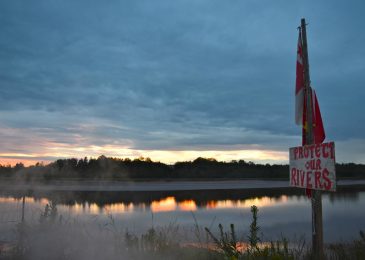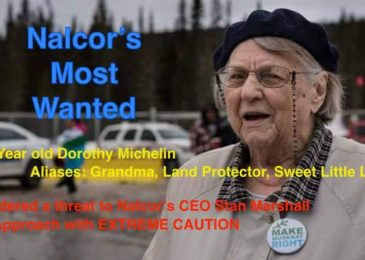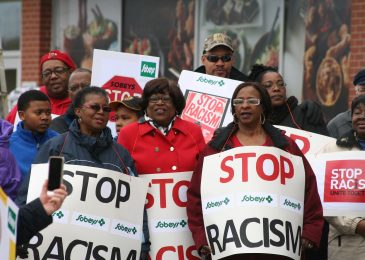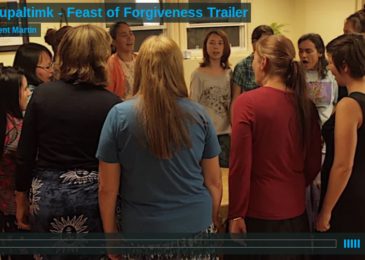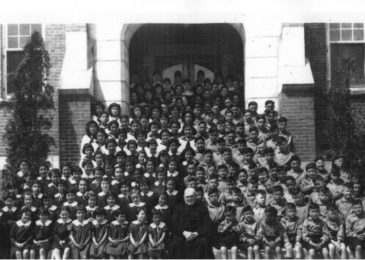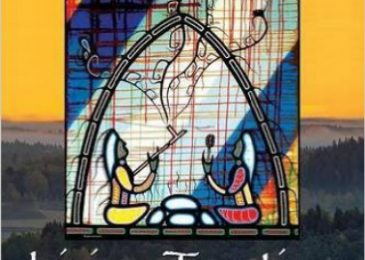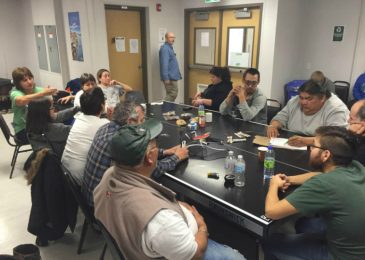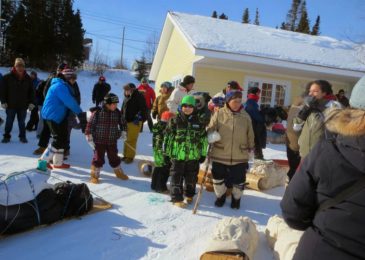Treaties don’t apply, controversial lawyer argued in Alton Gas case in June.
A quick read on how all that focus on “conquered people”, shameful as it is, ignores a larger question. How come government lawyer Alex Cameron was allowed to make a very similar argument in June?

